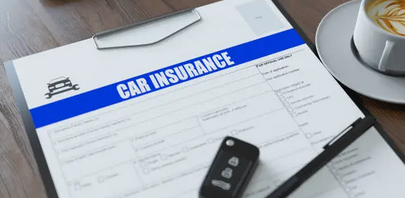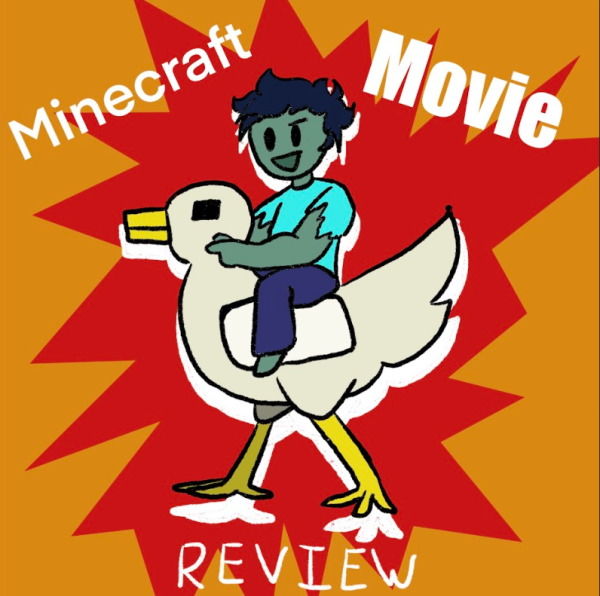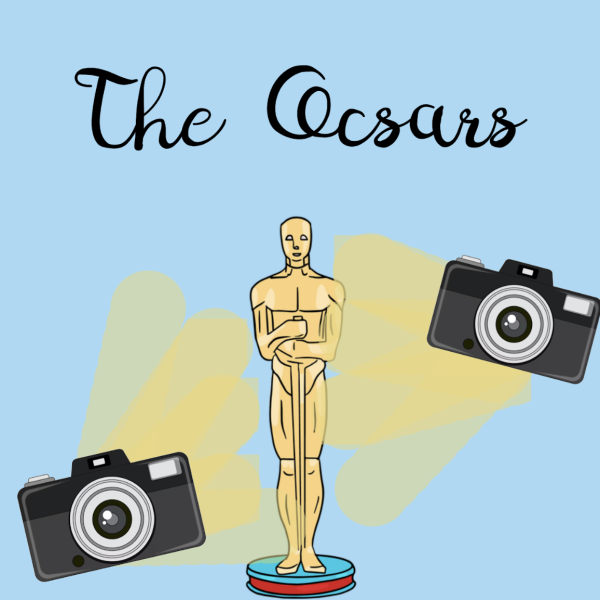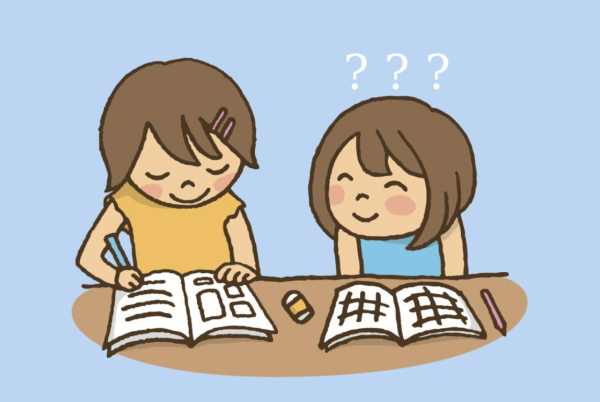Why Queer Representation in Media Matters: A Personal Review of Heartstopper
Last month, Netflix released an adaptation of the graphic novel “Heartstopper” by one of my favorite authors, Alice Oseman. I had read three out of five of the books and several other works by Oseman, which feature some of the same characters. I WAS THRILLED when I found out that “Heartstopper” was getting a show.
As a young(er) teenager, I read “Heartstopper” because I frequently researched the best queer novels and was tired of reading graphic stories in which main characters tragically died or disappeared. I had seen enough “Brokeback Mountain’s” in my time; I just wanted a wholesome love story that didn’t remind me that my existence was bound to be exceedingly adverse.
After watching the new adaptation of “Heartstopper,” I was more than impressed. My expectations were low; growing up in a heteronormative world as a queer child, you get used to disappointment. Heartstopper soared above my wildest expectations, and it quickly became one of my go-to shows.
Not only that, but my peers appreciated it as much as I did, which is incredibly important when discussing queer media. This show is universally relatable to the entire LGBTQ+ community—a needle in a haystack. I have a diverse group of friends, we fill the entire LGBTQ acronym, and all of us loved Heartstopper for our unique reasons. I cannot adequately express how meaningful that is.
My opinion on the show is not unpopular. It seems as though the world loves Heartstopper, and it’s breached audiences that were initially not even considered—another gold star for what started as an indie graphic novel about gay teens.
The show follows a blooming love story between Charlie Spring, a Year 10 boy at a British all-boys school, and Nick Nelson, a Year 11 rugby star. At the start of the show, Charlie was already out—we learn this as the show dives deeper into his past, dealing with homophobic bullying. In contrast to Charlie, we watch as Nick discovers his attraction to both boys and girls, following him on his journey with accepting his bisexuality and coming out to his friends and family.
Charlie has three best friends, Tao Xu, Elle Argent, and Isaac Henderson. Each character is particularly loveable in their own way. Elle has a compelling story, as she is a transgender girl who formerly went to the same school as Charlie but switched after having some issues with her transition at an all-boys school. I think it’s imperative to mention that while it’s evident that Elle faced adversity of her own, she is not shown as plagued or traumatized by it. The struggles she faced are not made a part of her character’s personality or plotline. This is so important. It’s rare to see a transgender character, especially a woman of color, be allowed to have a light-hearted, wholesome story. It’s essential that while the media acknowledges queer struggles, we also celebrate everyday queer life.
Elle also meets a lesbian couple, Tara and Darcy, at her new all-girls school. Together, they communicate by coming out publicly and dealing with the repercussions. Again, most importantly, they are celebrated. And the show has no shortage of the word lesbian! Finally, a time in which sapphic love is not sexualized or catered to the male gaze—it’s just pure, honest love.
The diversity of the cast is beautiful and something difficult not to acknowledge. The actors themselves are queer and incredibly charming. You can tell they really care about these roles, the people they are reaching, and the demographics they represent.
Growing up, I never thought I’d see a show, read a book, or listen to music that felt so right for me. I hid gay confessions in diaries under my bed and drew rainbows because they were pretty—nothing else. Watching this show felt like hugging my younger self and giving her a group of friends where it was safe to be myself. Heartstopper is the nod of encouragement that we all need and a step to a more accepting future.
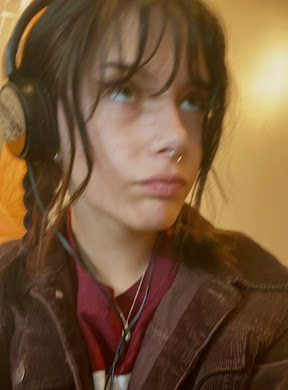
“To love the hibiscus, you must first love the monsoon” - Hala Alyan, “Thirty”
The past four years have felt like a monsoon. And now, as the clouds...



